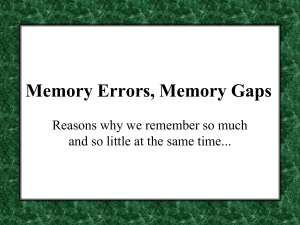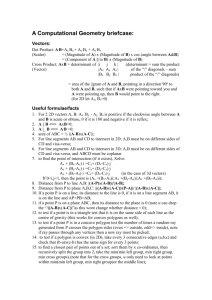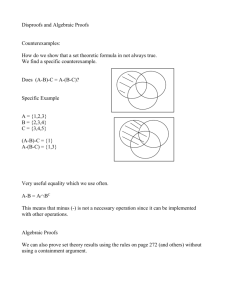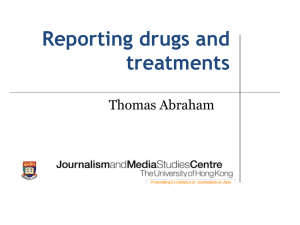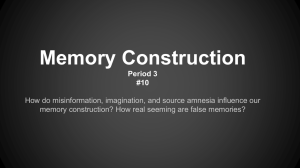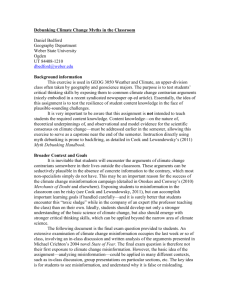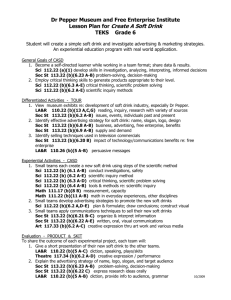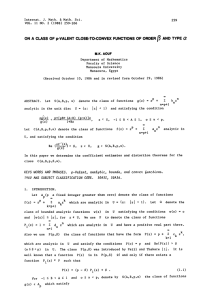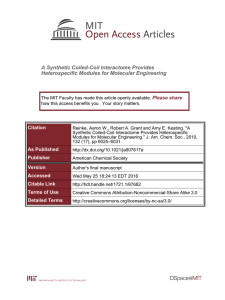Memory Errors, Memory Gaps
advertisement
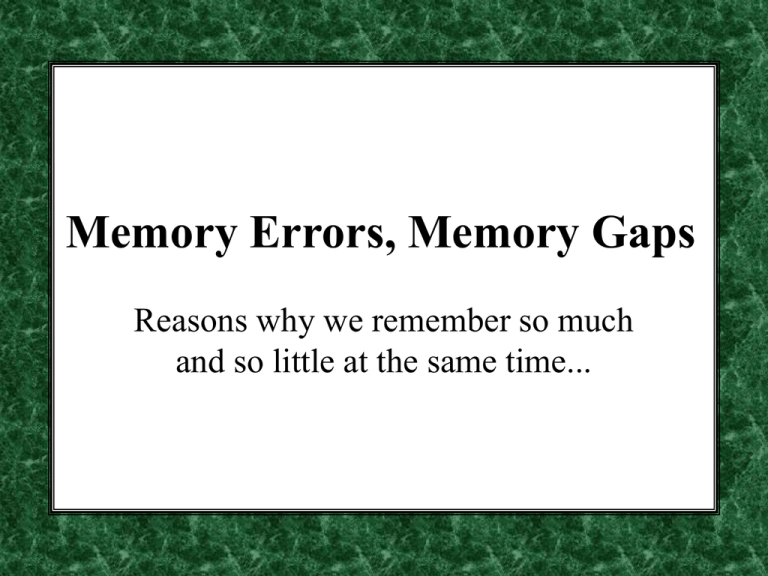
Memory Errors, Memory Gaps Reasons why we remember so much and so little at the same time... Memory and its failures • Semantic activation & Inferences • Schemas • Update of memory Semantic Activation • Example: – You will hear a list of words, once the list ends, recall as many words as possible – Bed, Rest, Awake, Snooze, Tired, Dream, Blanket, Doze, Slumber, Snore, Nap, Yawn, Drowsy – Missing word: ‘sleep’ Inference in Recognition Memory with the hammer • John was trying to fix the bird house. He was pounding the nail when his father came out to watch him and to help him do the work. with the hammer • John was trying to fix the bird house. He was looking for the nail when his father came out to watch him and to help him do the work. Recognition test: “John was using the hammer to fix the bird house when his father came out to watch him and to help him do the work.” Schema (script): A high-level representation of knowledge about familiar situations. Schemata help us to deal with the world efficiently by representing those aspects of our experience that are usually the same from one time to another… Event Schema (script): Going to a restaurant • Enter – – – – – Walk into restaurant Look for table Decide where to sit Go to table Sit down • Order – – – – – – Get menu Choose food Waiter arrives Give orders to waiter Wait, talk Cook prepares food • Eat – – – – Cook gives food to waiter Waiter delivers food Eat Talk • Leave – – – – – – – Waiter delivers bill Examine bill Calculate tip Leave tip Get belongings Pay bill Leave restaurant “Office Stuff” Schema “Office Stuff” Schema • Good memory for: – atypical items: wine bottle, skull – items consistent with schema: desk, chair (response bias?) • Poor memory for: – Infrequent items consistent with schema: bulletin board • False memory for things – Frequent items consistent with schema but absent (books) Memory Update: Misinformation Effect • See event: film of two-car accident • Receive misinformation – When the cars smashed each other, – When the cars hit each other, • Memory test: the speed was … – a) “smashed” – b) “hit” (Elizabeth Loftus) (41 mph) (34 mph) Is this a ‘memory’ distortion, or a report bias? A week later: Did you see broken glass? (correct answer: no) a) “smashed”: 32% yes b) ‘hit’: 14% yes (Loftus & Palmer, 1974) Misinformation Effect: Another example • See event: film of two-car accident • Receive misinformation: ‘...as the car passed the – “stop sign” – “yield sign” (non-mislead Ss) (mislead Ss) • Memory test: Did the car pass a: stop sign stop sign OR OR yield sign? Misled subjects make error no-U turn sign? Misled subjects better than chance (50%) (McCloskey & Zaragoza, 1985) Is the original memory lost? stop yield stop “yield” time event misinformation new memory • False memory does not supplant original memory. • False memory stronger than original memory. Relevance to Criminal Justice System • most obvious case – crime --> study – picture of suspect --> misinformation – Lineup --> test • Eyewitness may recognize suspect from police display, not from crime scene. • Conclusions: – Do not let potential witnesses see suspects. – Interrogate without asking leading questions (Capturing the Freedmans) • Further sources of error: – newspaper stories, etc. Memory Contamination & Psychotherapy •Therapist repeatedly asks child about abuse at day care center. Eventually, child “remembers” abuse. •Therapist repeatedly asks woman about childhood abuse. Eventually, woman “recovers repressed memory” of abuse. Are these repressed memories or false memories? Big debate! (Loftus vs. Freyd) Mechanisms of Forgetting 1. Decay of Traces (??) 2. Retrieval Failure 3. Interference from new material Method: Paired-Associate Learning Study phase: CHAIR-92 FROG-41 … Test phase: CHAIR? Correct answer: 92. Retroactive Interference Group 1 Group 2 1. Learn A-B List Learn A-B List 2. Learn A-C List ---- 3. Test on A-B List Test on A-B List ^^^^^^^^^ This Groups Performs Worse. The process of learning the A-C list causes active disruption of the A-B memories. Proactive Interference Group 1 Group 2 1. Learn A-C List ---- 2. Learn A-B List Learn A-B List 3. Test on A-B List Test on A-B List ^^^^^^^^^ This Groups Performs Worse. Does Decay Exist, too? Hard to test! Reisberg: •Cockroaches. •Sleep (Jenkins & Dallenbach) From the Courage To Heal, by Bass & Davis, 1988 You may think that you don’t have memories, but often as you begin to talk about what you do remember, there emerges a constellation of feelings, reactions, and recollections that add up to substantial information. To say, “I was abused,” you don’t need the kind of recall that would stand up in a court of law. Often the knowledge that you were abused starts with a tiny feeling, an intuition ... Assume your feelings are valid. So far, no one we’ve talked to thought she might have been abused, and then later discovered that she hadn’t been. The progression always goes the other way, from suspicion to confirmation. If you think you were abused and your life shows the symptoms, then you were. (p. 22).
